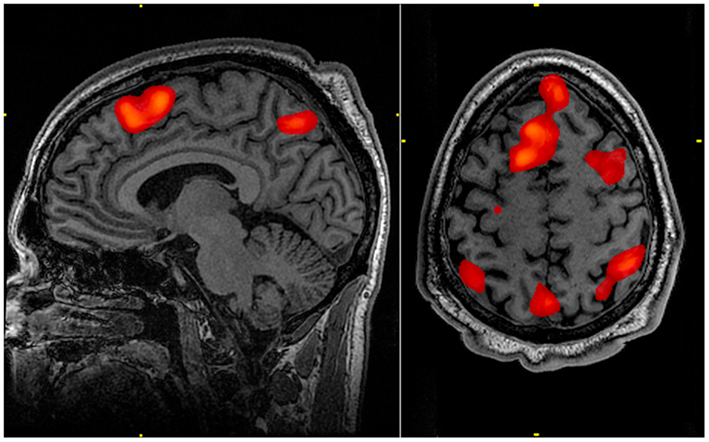Introduction to Psychology
Tổng quan các chủ đề
-
Physiological Aspects of Psychology | States of Consciousness

The Physiological Aspects of Psychology segment of this module strives to explain the biological mechanisms that underlie behavior. These physiological and anatomical foundations are the basis for many areas of psychology. In this chapter, you will learn how genetics influence both physiological and psychological traits. You will become familiar with the structure and function of the nervous system. And, finally, you will learn how the nervous system interacts with the endocrine system.
The States of Consciousness segment of this module will discuss states of consciousness with a particular emphasis on sleep. The different stages of sleep will be identified, and sleep disorders will be described. The chapter will close with discussions of altered states of consciousness produced by psychoactive drugs, hypnosis, and meditation. (Image Credit: Public Domain, Wikimedia)Upon completion of this module, you will be able to:- Discuss how gene-environment interactions are critical for the expression of physical and psychological characteristics
- Identify the basic parts of a neuron
- Describe how neurons communicate with each other
- Describe the difference between the central and peripheral nervous systems
- Define the concepts of brain plasticity, neurogenesis, and brain lateralization.
- Identify the major glands of the endocrine system
To achieve these objectives:- Read the Module 2 Introduction
- Read and view the materials in the Module 2 Pressbooks book
- Complete all activities in the module
Module Pressbooks Resources and Activities
You will find the following resources and activities in this module at the Pressbooks website. Click on the links below to access or complete each item.